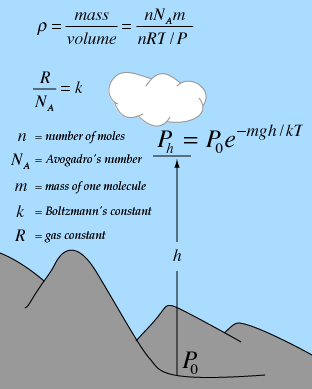

To solve the problem we need to convert the molality in molarity Molality = moles/kilogram of solvent Calculate the osmotic pressure of a solution 0.1 molale of sucrose (Mw = 342) at 20 oC. Which corresponds to the molarity of the suspension. Remembering that one mole contains an Avogadro number of particles (6 x 10 23), the number of moles in one liter of suspension is 6 x 10 10/6 x 10 23 = 10 -13 The number of particles in one liter of solution is 60/10 -9 = 6 x 10 10 Calculate the osmotic pressure at 20 o of a suspension containing 60g/l of solid particles each particle having a mass of 10 -9 grams (1 nanogram). The calculated molecular weight (340) is very close to the true molecular weight of sucrose (342).ĥ.

Calculate the molecular weight of sucrose. The addition of 114 grams of sucrose to 1000 grams of water lowers the vapor pressure of water from 17.540 to 17.435. X acqua 1.58 + 0.312 - 0.312 x acetone = 0.995Ĭonsidering 100 moles of solution we haveĥ4 moles of acetone corresponding to 54x58 =3132 grams and 46 moles of water corresponding to 46x18 = 828 grams. Calculate the percentage composition of the mixture using the following table:Īccording to Raoult's law P = x acetone P o acetone + x water P o water = 756/760 =0.995 atmīy substituting the values at 70 oC we have P = x acetone 1.58 + x acqua 0.312= 0.995Īnd remembering that the sum of molar fractions is 1 x acetone + x acqua = 1 A mixture of water and acetone at 756 mm boils at 70 oC. The best result is obtained by using the values at 80 oC : P = 2/3 0.456 + 1/3 2.12 = 1.01 atmģ. Thus P = 2/3 P o acetone + 1/3 P o water= 1 atmīy trials, using the table, we can find the values of vapor pressure which satisfies the above equation. Thus, according to Raoult's law P = x acetone P o acetone + x water P o water = 1 atmįrom the given data we can calculate the molar fractions moles acetone = 116/58 = 2 Calculate the boiling point (at 1 atm) of a solution containing 116 g of acetone (Mw = 58) and 72 g of water (Mw = 18) by using the following table:Ī liquid starts to boil when its vapor pressure matches the atmospheric pressure (1 atm in this case). Note: Although the Raoult's law is valid for diluted (ideal) solution, its application to concentrated (non-ideal) solutions does not lead to variation of the order of magnitude of the calculated vapor pressure.Ģ. X n-eptane = 14/17.5 = 0.8 Thus P n-pentane = 0.2 x 420 = 84 mm HgĪnd the vapor pressure of mixture is P mixture = 84 + 28.8 = 112.8 mm X is the molar fraction of the component in the mixture.Ĭalculation of molar fractions (x) moles n-pentane = 252/72 = 3.5 P o is the vapor pressure of the pure component. Where P is the vapor pressure of the component in the mixture. The vapor pressure of n-pentane and n-eptane are 420 mm Hg and 36 mm Hg respectively.Īccording to Raoult's law, the vapor pressure exercised by a component of a mixture can be calculated as follows P = P o x Calculate the vapor pressure of a mixture containing 252 g of n-pentane (Mw = 72) and 1400 g of n-eptane (Mw = 100) at 20 oC. Raoult's law: problem solutions Raoult's lawġ.


 0 kommentar(er)
0 kommentar(er)
